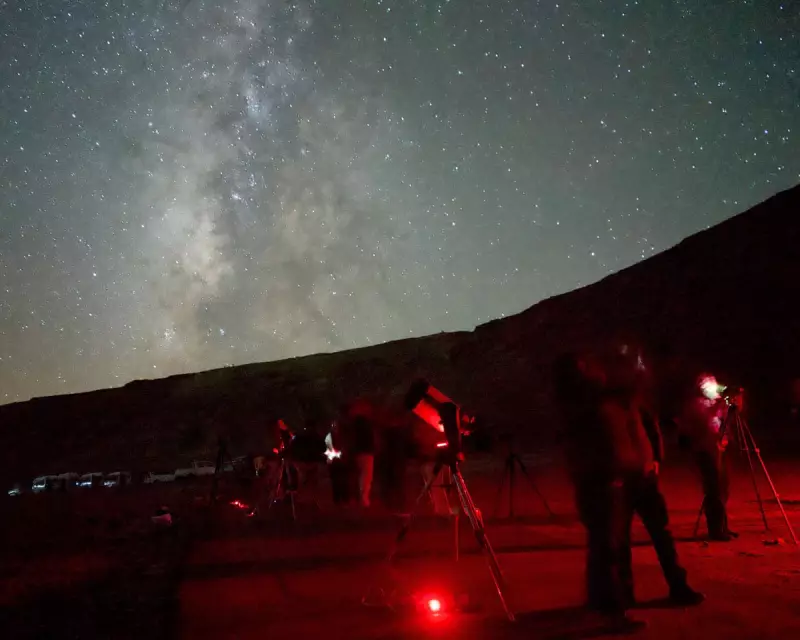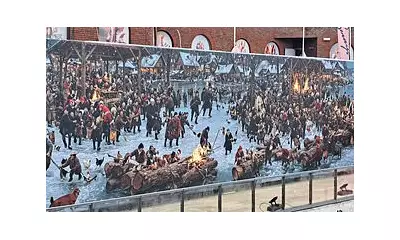
High in the thin, crystalline air of the Indian Himalayas, where the night sky reveals celestial wonders invisible to most of the world, a quiet revolution is unfolding. In the remote village of Hanle, nestled at 4,500 metres in Ladakh, local residents are becoming guardians of the stars through an innovative programme that's transforming both their community and our understanding of the cosmos.
The World's Highest Classroom
Hanle, home to fewer than 1,000 people, hosts one of the world's highest astronomical observatories. The Indian Institute of Astrophysics recognised that protecting this pristine viewing environment required more than just sophisticated equipment – it needed the commitment of the people who call this harsh, beautiful landscape home.
"When scientists first arrived, locals were curious but distant," explains programme coordinator Dr. Priya Sharma. "Now they're active participants in preserving what makes this place special – the darkest, clearest skies in the region."
From Herders to Cosmic Guides
The 'Astro Ambassadors' initiative has trained dozens of villagers, many formerly engaged in farming and herding, to become astronomy guides and conservation advocates. They learn to operate telescopes, identify constellations, and explain complex cosmic phenomena to visiting tourists and students.
Thirty-four-year-old Tenzin Dorjee, who now leads stargazing sessions after his day working at the local monastery, describes the transformation: "Before, night was just darkness. Now I see the history of the universe. I can show visitors Jupiter's moons and distant galaxies, just like our ancestors saw the same stars centuries ago."
Economic Stars Align
The programme has sparked an unexpected economic renaissance in this isolated region:
- Homestays offering astronomy experiences have seen income increases of up to 40%
- Young people are pursuing science education with renewed enthusiasm
- Traditional crafts are being revitalised through astronomy-themed creations
- Year-round tourism is supplementing seasonal agricultural work
Preserving Darkness in a Brightening World
As light pollution increasingly obscures the night sky for 80% of the world's population, Hanle's darkness has become increasingly precious. The community has voluntarily adopted lighting restrictions, using shielded, warm-coloured lights that preserve night vision and minimise sky glow.
"Our ancestors used the stars for navigation and marking seasons," says elderly villager Dolma Yangchen. "We're ensuring our grandchildren can still see what they saw. This knowledge connects us to our past while building our future."
A Model for Remote Communities
The success in Hanle is inspiring similar initiatives across the Himalayas. The programme demonstrates how scientific institutions and indigenous communities can collaborate to protect environmental treasures while creating sustainable livelihoods.
As Dr. Sharma observes: "These aren't just stargazers – they're conservation pioneers showing how traditional knowledge and modern science can work together to protect something that belongs to all humanity: our view of the universe."
The stars above Hanle have witnessed centuries of human history, but perhaps never such a perfect alignment of preservation, education, and opportunity shining down upon this remote mountain community.





